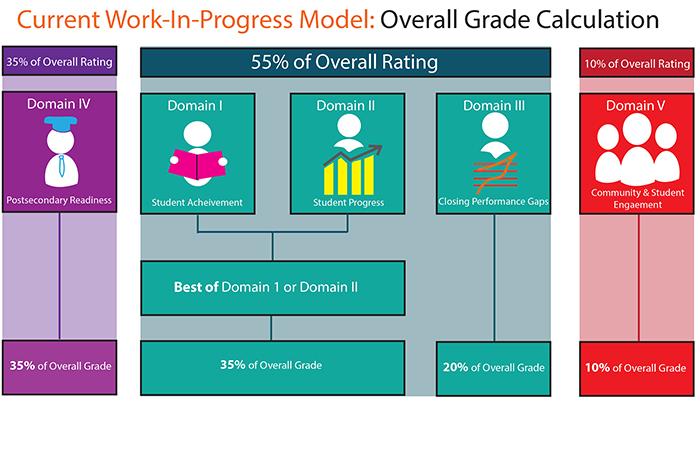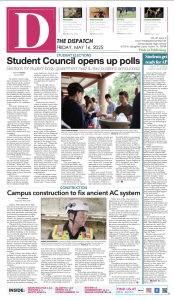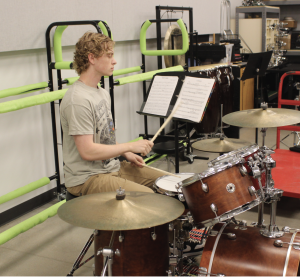School evaluations strike concern
February 10, 2017
Across Texas Students and education personnel have received new scores on their schools from a revamped grading system The reported scores have caused widespread confusion from the shocking results, including members of the Austin Independent School District leadership team.
The new scoring system, which will not take effect until the 2017-18 school year, dramatically changes the standings of schools that were considered well above average last year, like Bowie.
“I believe this system tries to use a simple measure to judge a very complex system,” AISD Superintendent Paul Cruz said.
According to the Texas Education Agency (TEA), schools receive five different A-F grades including student progress, student success, closing performance gaps, college readiness, and community and student engagement.
“Most of the A–F ratings are derived from STAAR results which is just one measure of student performance,” Cruz said.
The only low score Bowie received was in college readiness and that grade has a direct correlation to the Texas Success Initiative (TSI) test which is supposed to determine if high school seniors are ready for college-level course work.
“I feel like we are already preparing our students for the college and career world really well, but we may need to look into working more on the TSI, a test that shows that students are ready to enter community colleges or any kind of college or university,” Interim Principal Susan Leos said.
The use of STAAR results to measure 55% of the whole grade causes misleading results for the schools’ ratings.
“Basing ratings on STAAR test scores also only accounts for the approximately 47,000 students who took the STAAR test last year out of our more than 83,000 students in AISD,” Cruz said.
With 36,000 students not taken into the measure, results like Bowie’s C in college readiness aren’t as trustworthy, according to AISD leaders.
“Some of the same schools that received an academic distinction for post-secondary readiness were given a D or F for that category,” Cruz said. “Under this system, a school can have a 90 and still be failing.”
The evaluation of college readiness is what’s been drawing the most attention because of the poor grades across AISD, including Bowie.
“I am particularly concerned about how post-secondary readiness is currently being evaluated in this sample system,” Cruz said. “For example, post-secondary readiness is based on chronic absenteeism for elementary school students.”
Given both her kids graduated from Bowie, US History teacher Patricia Maney was surprised at the C in college readiness.
“Both of my children were very ‘college ready,” Maney said. “One is now an attorney and the other is a recent University of Texas graduate.”
According to Cruz, there are other ways to measure AISD schools’ performances besides just STAAR scores in a given school.
“I hope the future developments of this grading system will include more measures of student success,” Cruz said. “We are proud of some of our measures including AISD graduation rates reaching an all-time high.
The new rating system scores just released are not permanent, but will help give districts and schools a chance to see how they need to adapt.
“I try to remind parents that the ratings TEA released are not official ratings for campuses and districts,” Cruz said. “They do not replace the ratings campuses already received.”
Administrators are continually assuring AISD and other districts across Texas that, at this time, the scores are not permanent nor reflective of the school.
“We’re working to ensure our communities that our scores in comparison to the present rating system seem to be lower, it just means that the state of Texas is changing the way they rate our schools,” Leos said. “We do have time to assess our practices and give TEA input.”









